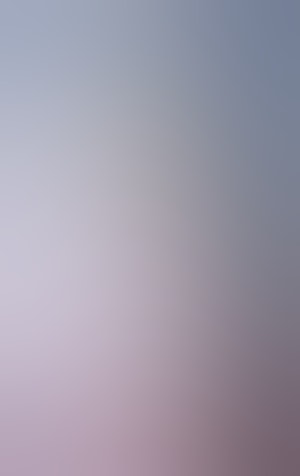What’s your background and what do you do now at WearWorks?
I'm the Co-founder of WearWorks and my profession is Industrial Design – but I've always invested myself in art and architecture since I was a little boy. My experiences range from handheld products, prosthetics, pavilions, furniture, lighting, automobiles and wearables.
Now I'm 100% focused on WearWorks. Running this company and my team has been the biggest priority of my life for the past 5 years. I'm the head of business and design, so I play a large part in marketing as well.
I was curious about universal language, touch, wearables and the human interaction with technology.
What exactly is WearWorks?
WearWorks is a haptic design company, which means that we make products and experiences that communicate information through touch – like Wayband.
What is Wayband?
Wayband is a wristband that gently guides you to your end destination using vibrations: you connect to our Wayband App, you say where you want to go and put your phone away.
Our 'virtual corridor' (which are haptic walls) gently guides you to your end destination without any need for visual or audio cues. When you are in the corridor you feel no vibration. When you get to the edges of the corridor you get a slight vibration. That vibration gets stronger the further wrong you go.

What inspired this idea?
I began developing the Wayband when my friend became blind through a car accident. He introduced me to inclusive design, which I was deeply interested in: a world where everything is designed for everyone. I was curious about universal language, touch, wearables and the human interaction with technology.
I've gathered friends who were involved with me through my furniture company and the exhibition at the MET. I invited them to join me in the adventure of making new wearables that can actually help people day to day using haptics.
Haptics is anything related to the sense of touch, and I was fascinated by the new sensations I was feeling through technology just around the time when VR was coming out. Mainly, sensing braille along with new haptic technology was the initial inspiration for the Wayband.
What are you most proud of so far with WearWorks?
Wayband made history by guiding the first blind runner in the NYC Marathon completely untethered.
The name of the man who will go down in history is Simon Wheatcroft. He is a father, coder and a professional runner. For Simon and millions of people in the world, it’s a daily challenge to get around due to his visual impairment.
Where would you like to see WearWorks go next?
We are in production of our soft launch batch and will go into mass production by November. Our software team is working to make the best pedestrian navigation app in the world, in conjunction with our Wayband.
We'll also partake in the 2021 Olympics & Paralympics, where Wayband will be given to athletes through our sponsors in order to navigate within the airports and outside in new environments.
What challenges have you faced along your journey thus far?
In the last five years, we have faced practically every challenge possible. Hiring great employees was one we've learned through much trial and error. Co-founder drama, financial struggles, big design changes, last minute failures, manufacturing risks, software glitches, rain during the marathon, buying from vendors – and even a pandemic.
The world is getting more inclusivity focused. We have everything already that works pretty well. But for many other people who can't see or hear it gets harder to gain information day to day.
What direction is your industry heading?
The world is getting more inclusivity focused. We have everything already that works pretty well. But for many other people who can't see or hear it gets harder to gain information day to day. Disability is an information barrier.
I believe touch is a key component for wearables, I aim to make the most comfortable wearable on the market with haptics as the forefront of communication.
How have you been affected by COVID-19?
Hiring new people only through zoom calls was difficult. I grow trust with people over time by spending quality moments. But with that gone during COVID-19, I had to develop a keener sense of listening to get through to the truth of people's intentions.
COVID also made investors weak. This put a lot of startups in a difficult situation on top of its already high risk.
We've gotten good at checkups weekly and smooth communication within our core teams. I'm delegating work to my main employees and they are able to manage their support teams. We use a lot of programs to collaborate together remotely.
We have engineers in Germany, designers in NY and manufacturers in Korea who we have ongoing conversations with. It's very important that we keep this smooth. I've learned to trust my team with a lot more.








